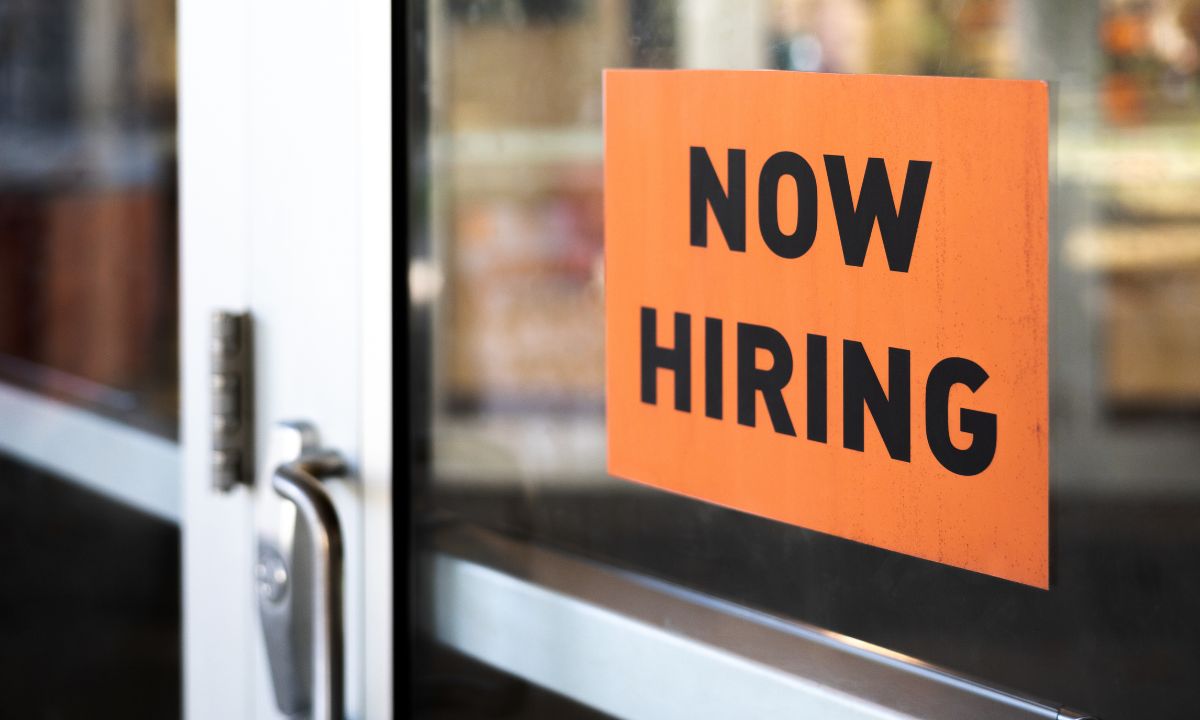Women Dropping Out of Missouri Workforce Is An Economic Red Alert. How to Fix It
Doyle: A recent drop in women’s workforce participation is a blinking red light for women and our economy.

Join our zero2eight Substack community for more discussion about the latest news in early care and education. Sign up now.
For nearly a decade, women have driven the growth in overall prime-age labor force participation – strengthening local economies and contributing billions to GDP. The McKinsey Global Institute estimates that continuing to advance women’s equality could add trillions to global GDP, boosting incomes and living standards worldwide – for men and women alike.
Yet right now this progress is threatened by a multigenerational caregiving crisis—spanning both child care and elder care.
Since January, over 200,000 women have exited the labor force. Experts attribute this largely to reduced workplace flexibility and persistently limited child care access. Misty Heggeness of the University of Kansas reports labor force participation for women ages 25–44 with children under five dropped from 69.7% to 66.9%.
At United WE, our research confirms the toll: women are three times more likely than men to leave the workforce due to child care challenges. Sixty percent of women entrepreneurs say this barrier makes running their businesses harder, and millions live in child care deserts.
But the caregiving squeeze doesn’t stop there. The recent AARP and National Alliance for Caregiving “Caregiving in the U.S. 2025” report finds that 63 million Americans—nearly one in four adults—now provide ongoing care for an adult or a child with a complex medical condition or disability, a staggering 45% increase since 2015.
Many juggle both roles: one in three caregivers, and almost half of those under 50 are part of the “sandwich generation,” caring for both kids and aging relatives.
This crisis disproportionately affects women, but its consequences are felt in every corner of our economy. A study by the U.S. Chamber of Commerce Foundation found states lose an average of $1 billion in economic activity each and every year due to breakdowns in child care access.
One expert put it bluntly: “The economy’s basically telling half its talent to stay home.”
The good news is that solutions are within reach, and even in deeply divided times, Republicans and Democrats are making common cause to make child care more affordable and accessible.
In Kansas, bipartisan action under Gov. Laura Kelly’s leadership is poised to create more child care slots in the next two years than the state did in the last 15 – giving thousands of parents the ability to return to work or expand their businesses.
In Missouri, where more than 41% of counties do not have an accredited child care facility, legislation to help businesses offset the cost of child care won support from both parties. And a bipartisan commission appointed by Gov. Mike Kehoe is working on recommendations to streamline regulations so providers can open and operate more easily while protecting the health and safety of kids.
And at the federal level, despite a polarized Congress, progress has quietly continued. The recent tax bill tripled the employer-provided child care credit, offering new incentives for businesses to support working parents.
Now, parallel action is emerging for elder care—still slow, but gaining traction. Promising policy proposals include caregiver tax credits and support services, though much more is needed to meet the escalating demand.
At United WE, we believe the path forward lies in research, solutions and results. That’s our model for change—and it works.
Today, as we approach the 105th anniversary of the 19th Amendment granting women the right to participate in our democracy, the time is now to break down this barrier to women’s full participation in our economy.
Suffragist J. Ellen Foster told delegates at the 1892 Republican National Convention: “We are here to help you – and we are here to stay.”
Women have more than delivered on that promise. Today, for the sake of our economy and our communities, it’s time policymakers and employers to do their part as well.
Missouri Independent is part of States Newsroom, a nonprofit news network supported by grants and a coalition of donors as a 501c(3) public charity. Missouri Independent maintains editorial independence. Contact Editor Jason Hancock for questions: [email protected].
Get stories like these delivered straight to your inbox. Sign up for The 74 Newsletter


;)